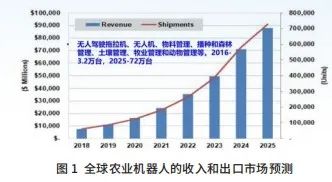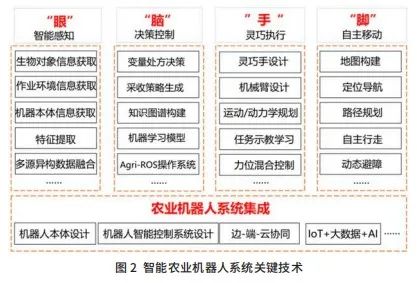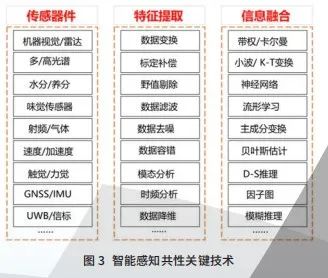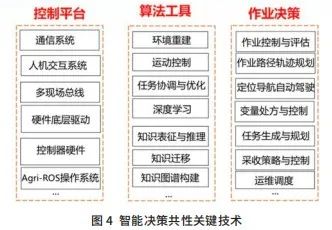1 Agricultural Robots
Scientists around the world are continuously exploring robotics. In 1920, Czech writer Karel Čapek’s science fiction play “R.U.R.” introduced the term ‘robot’, derived from the Czech word ‘Robota’, meaning slave. At the first robotics conference in Japan in 1967, Ichiro Kato proposed that robots consist of three essential components: brain, hands, and feet; they possess both non-contact and contact sensors; and they have sensors for balance and proprioception. Chinese scientists define robots as automated machines that possess certain intelligent capabilities similar to those of humans or biological organisms.
The definition of agricultural robots (Agribots) on Wikipedia states that they are robots used for agricultural production activities. From a fundamental perspective, agricultural robots refer to multi-degree-of-freedom autonomous equipment used in agricultural production, which possess perception, decision-making, control, and execution capabilities. This mainly includes information perception systems, decision control systems, operational execution mechanisms, and autonomous mobility platforms, akin to “eyes, brain, hands, and feet.” The information perception part is based on a multimodal information perception system (human senses) that includes visual, tactile, auditory, and gustatory technologies to perceive the spatial environment, target locations, and forms; the decision control part is reflected in the machine’s brain, as well as in object recognition, scene analysis, path judgment, and task planning (human brain); the operational execution part is reflected in efficient and robust robot-specific drives and end effectors (human hands and feet). In practical engineering applications, agricultural robots are integrated with artificial intelligence, big data, cloud computing, and the Internet of Things, forming an agricultural robot application system that enriches the connotation and extension of the agricultural robot concept.
2 Current International Status of Agricultural Robots

3 Development Status of Agricultural Robots in China
4 Prospects for Agricultural Robots





5 Conclusion

